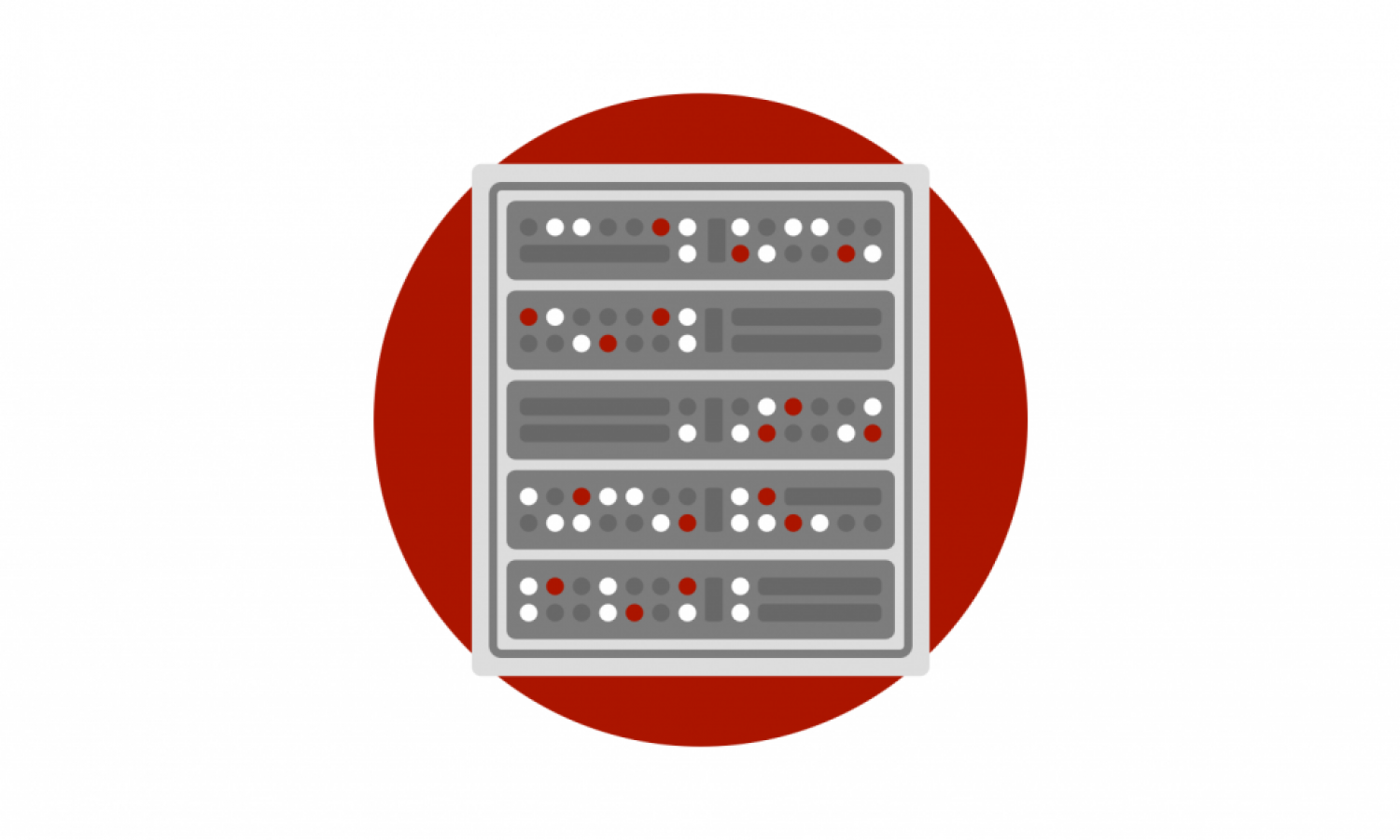Simplifying the Notice and Takedown System Under DMCA
 Last week, the Department of Commerce’s Internet Policy Task Force (IPTF) held a public meeting focused on “Copyright Policy, Creativity, and Innovation in the Digital Economy.” The IPTF was created in 2010 by the Commerce Department and includes representatives from a number of offices including the U.S. Patent and Trademark Office (USPTO) and National Telecommunications and Information Administration (NTIA). The goal of the meeting was to establish a dialogue with stakeholders to hear their perspectives on copyright policies and how they impact businesses and the economy. Several panels and speakers covered a number of related topics.
Last week, the Department of Commerce’s Internet Policy Task Force (IPTF) held a public meeting focused on “Copyright Policy, Creativity, and Innovation in the Digital Economy.” The IPTF was created in 2010 by the Commerce Department and includes representatives from a number of offices including the U.S. Patent and Trademark Office (USPTO) and National Telecommunications and Information Administration (NTIA). The goal of the meeting was to establish a dialogue with stakeholders to hear their perspectives on copyright policies and how they impact businesses and the economy. Several panels and speakers covered a number of related topics.
At the meeting, I represented the i2Coalition on a panel discussion about “Improving the Operation of the Notice and Takedown System” as it relates to the Digital Millennium Copyright Act (DMCA) and specifically to Section 512, which is commonly referred to as the “safe harbor” provision. Under the DMCA, registered content providers are protected from infringement damages often unknowingly caused by users. The provision allows even small bloggers to be considered content providers for the purposes of the act.
The panel that I participated on was different in that the focus was not to discuss potential legislative changes or amendments that should be considered. Instead, the conversation centered on the law in its current state and how changes could be made to improve its execution. Panelists were there to help determine the topics that should be discussed, not find legislative solutions to the problem.
From the i2Coalition’s perspective, the main point to keep in mind is that the Internet infrastructure industry is not exclusively comprised of large providers and instead also includes approximately 30,000 small to mid-sized businesses that boost the economy. Section 512 is relatively straightforward, yet the way the notice and takedown system is currently used by content owners and recipients of DMCA notices makes the process far more cumbersome than needed. Most small to mid-sized companies do not have the resources to parse overly complex or spend time analyzing the additional legal issues often interwoven in what should be a straightforward notice and take down process. A main priority should be to develop best practices that help content providers and distributors understand take down notices without the burdensome and unnecessary white noise that often currently comes with it.
Below is the video from the discussion that I invite you to watch. The panel is moderated by John Morris, the Associate Administrator and Director of Internet Policy at the NTIA. My fellow panelists include: Victoria Sheckler from the Recording Industry Association of America; Fred von Lohmann of Google; Corynne McSherry from the Electronic Frontier Foundation; Susan Cleary from the Independent Film & Television Alliance; Troy Dow from the Walt Disney Company; and Christian Genetski from the Entertainment Software Association.
Thank you to John, all the panelists, and the IPTF for hosting the worthwhile meeting. I look forward to continuing the discussion about DMCA and Section 512 in what promises to be an informative debate. If you have any feedback about the panel, please contact me by emailing [email protected].

